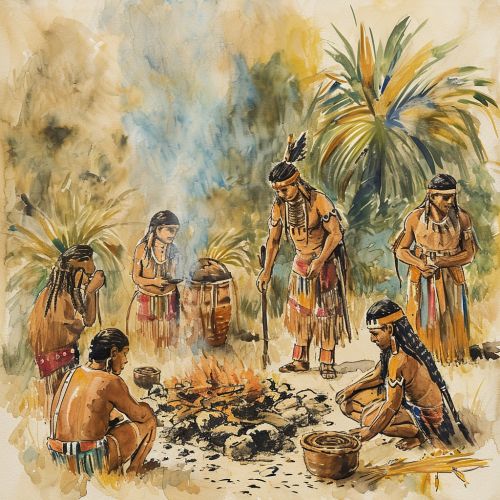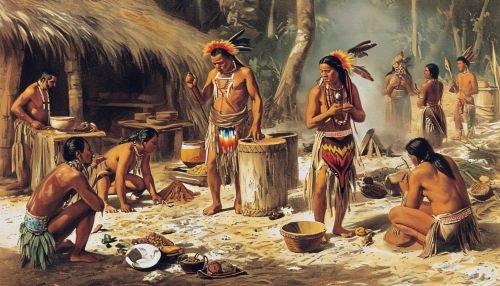Discussion: Indigenous People of the Americas in the 16th Century
Introduction
The 16th century marked a significant period in the history of the Indigenous People of the Americas. This era was characterized by the arrival of Europeans, which led to profound changes in the lives of the indigenous populations. This article delves into the intricate details of their culture, society, and the impact of European contact during this period.


Pre-European Societies
Before the arrival of Europeans, the Indigenous People of the Americas had developed complex societies with distinct cultures, languages, and traditions. These societies were spread across the continent, from the Inuit people in the Arctic to the Mapuche people in southern Chile.
North America
In North America, indigenous societies were diverse and complex. The Iroquois Confederacy, also known as the Five Nations, was a powerful alliance of tribes in the northeastern region. The Confederacy was governed by a sophisticated political system, which was based on consensus decision-making and had a significant influence on the development of democratic principles.
Central America
In Central America, the Maya and the Aztec were among the most advanced civilizations. They had developed complex writing systems, made significant advancements in astronomy and mathematics, and built monumental structures that still stand today.
South America
In South America, the Inca Empire was the largest empire in pre-Columbian America. The Inca had developed a complex administrative system and a network of roads, which facilitated communication and trade across the vast empire.
European Contact and Consequences
The arrival of Europeans in the 16th century had profound and lasting effects on the Indigenous People of the Americas. The initial contact was characterized by exploration, trade, and sometimes violent conflict.
Disease and Population Decline
One of the most devastating consequences of European contact was the introduction of epidemics. Diseases such as smallpox, measles, and influenza, to which the indigenous populations had no immunity, caused widespread death and population decline.
Colonization and Cultural Change
European colonization led to significant changes in indigenous societies. The imposition of European cultures, religions, and languages resulted in the loss of indigenous cultural practices and languages. However, many indigenous communities resisted these changes and sought to preserve their cultural heritage.
Indigenous Resistance and Adaptation
Despite the challenges posed by European contact and colonization, the Indigenous People of the Americas demonstrated remarkable resilience and adaptability. They resisted European domination, maintained their cultural practices, and adapted to new realities.
Conclusion
The 16th century was a period of significant change for the Indigenous People of the Americas. Despite the profound challenges they faced, they demonstrated remarkable resilience and adaptability, and their contributions to the world's cultural heritage remain invaluable.
